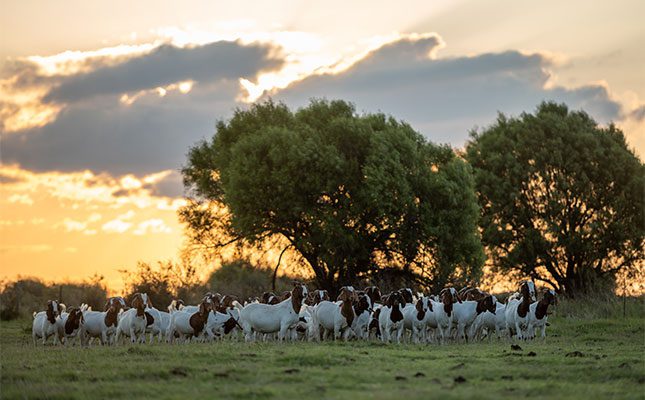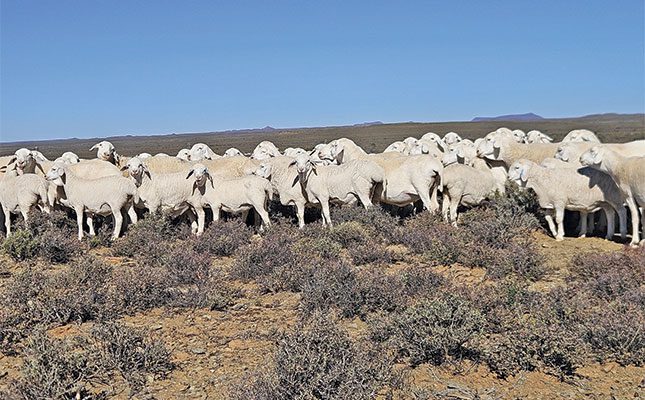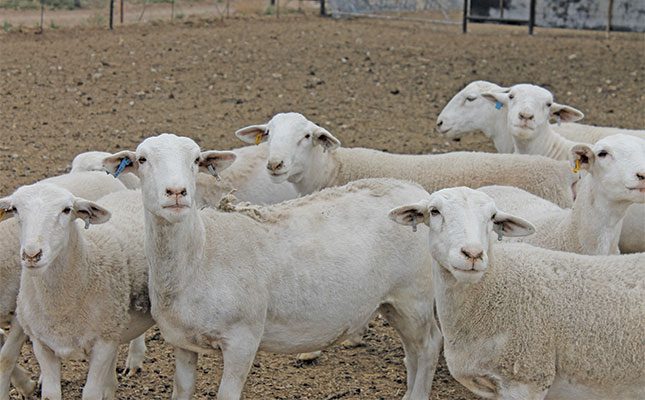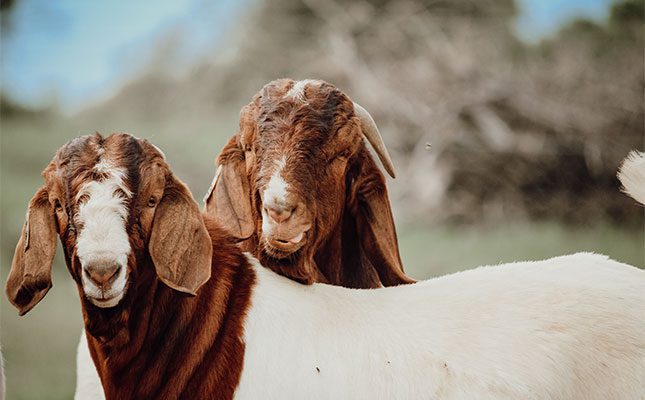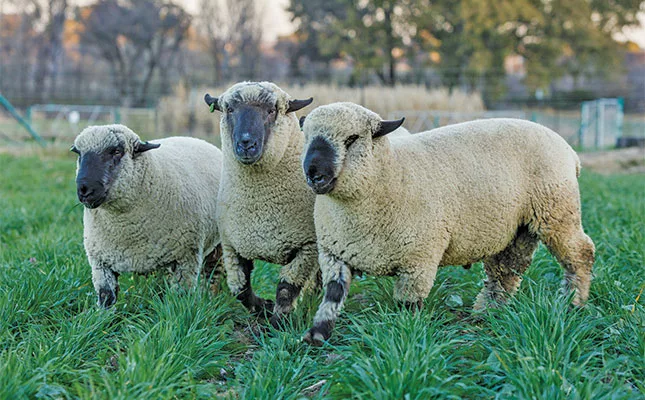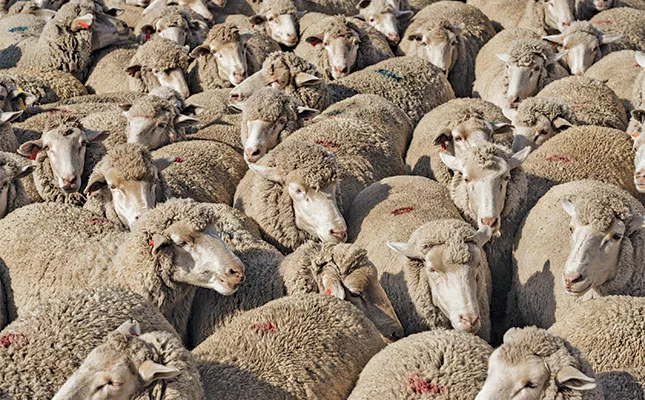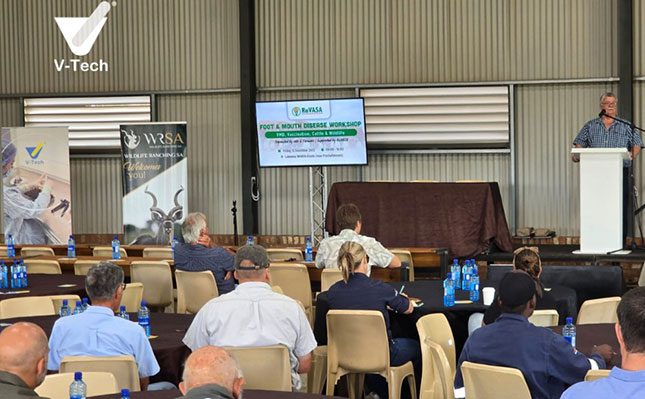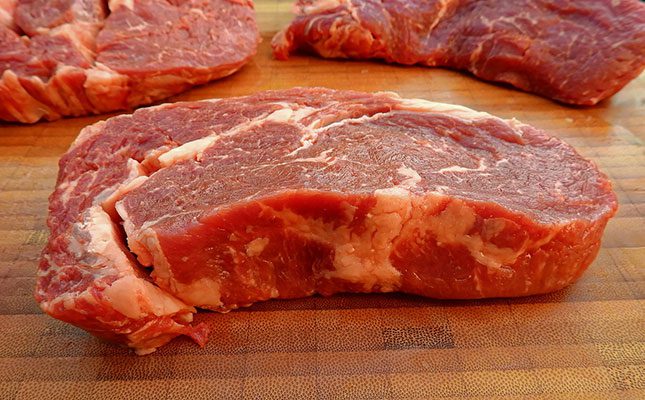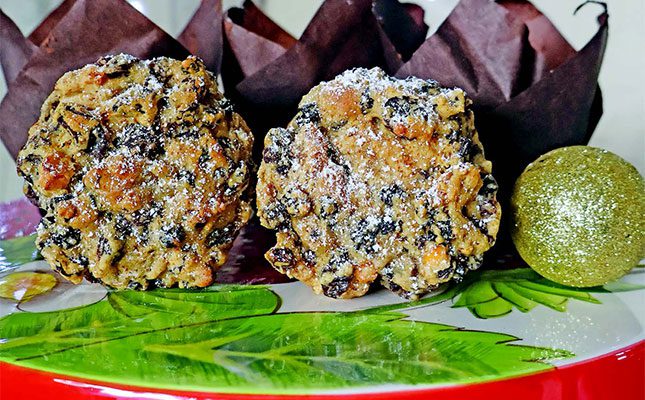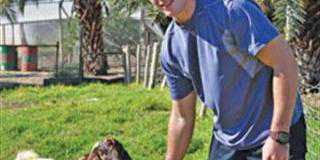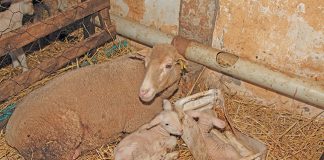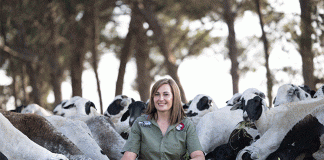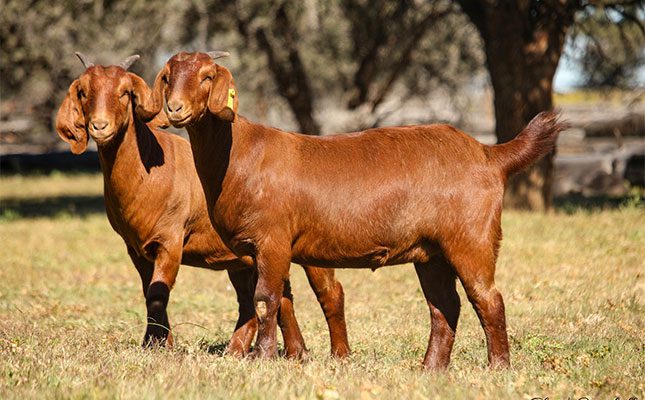
Photo: Michelle Kruger
South African meat goats possess key advantages over their European, Asian and other African counterparts, according to Chantelle Smit, secretary of the SA Boer Goat Breeders’ Association
Some of these traits include faster growth and heavier weights; superior carcass quality; high adaptability to harsh climates; efficient grazing and browsing; and good fertility and maternal traits, she says.
READ Producers can’t keep up with global demand for goat meat
South African meat goats are generally intensively bred for rapid weight gain, muscle development, and high-quality carcasses, and show strong disease resistance and heat tolerance, especially the Kalahari Reds and Savannas.
Smit says that in Europe, however, goats are mainly bred for milk yield and udder conformation. Asian and other African goat breeds tend to be more multipurpose but generally have slower growth rates. Some, like the Myotonic goat (fainting goat), are bred for unique traits.
In terms of adaptability, South African breeds thrive in extensive grazing systems, and arid, semi-desert areas. They’re also excellent browsers, helping to manage bush encroachment and weed control.
European breeds, on the other hand, prefer temperate climates and are raised in more intensive systems (often in sheds with regular milking). Asian and Middle Eastern breeds are adapted to hot, dry environments but often have less uniform carcass quality. And while they require less feed than South African breeds, they tend to grow more slowly.
READ Unlocking value through livestock exports
When it comes to body size and carcass quality, the Boer goat is considered large, with a high carcass yield, moderate fat cover, and excellent meat quality. The Savanna is also large, with a high carcass yield, low fat cover, and lean and tender meat.
The Kalahari Red is similarly large, with a high carcass yield, low fat cover, and fine-textured meat that’s full of flavour.
International goat breeds differ from this particularly in terms of meat quality, with the Jamnapari from India, for example, considered large, with a medium carcass yield, low fat cover, and variable meat quality.
Another example is the West African dwarf goat, which is small, with low carcass yield. It is very lean, so fat coverage is very low, and the meat is considered tough, Smit says.
Global standards
The Boer goat has become the global gold standard for meat goats, and it is exported widely and crossbred with local goats to improve meat traits. The Kalahari Red and Savanna are also increasingly recognised for their low input requirements and the high outputs they deliver.
While South African meat goats can adapt and thrive under various conditions in all parts of the world, most other global breeds remain region-specific and are mainly used in traditional, subsistence, or dairy farming systems.


